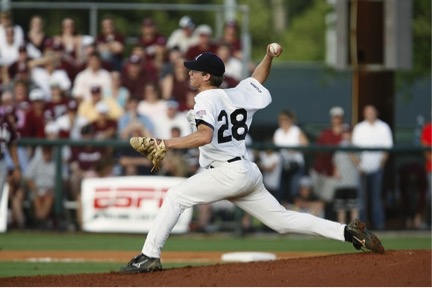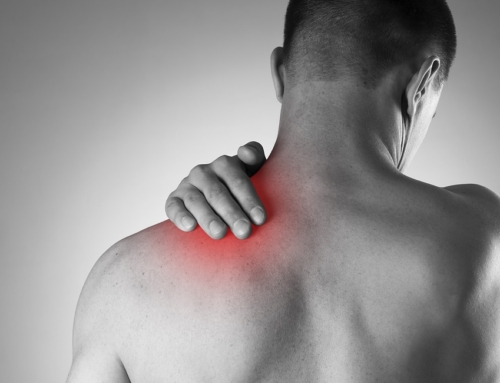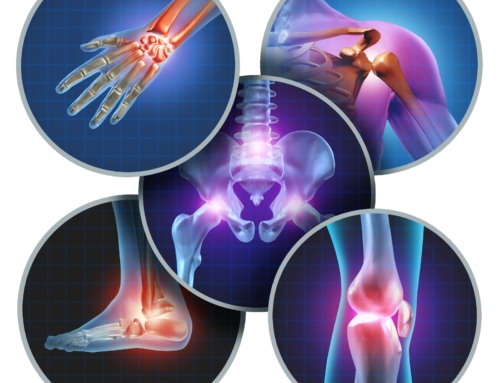
Although throwing a baseball may seem like a natural motion, the strenuous repetition of throwing can pose a serious threat to a player’s health. Any player on the field is at risk for an injury, but a pitcher is most susceptible to throwing injuries. With the right care pitchers can prolong their careers and throwing arm, but a serious injury could not only affect their playing time but also their long-term health. Here are the most common baseball throwing injuries an athlete may experience to help you recognize your injuries before they become worse.
Shoulder Instability
Throwing places high stress on the shoulder, specifically to the anatomy that keeps your shoulder stable. Shoulder instability occurs when the shoulder joint subluxates or dislocates from the shoulder socket. When your shoulder is loose and moves out of place regularly, its called chronic shoulder instability. For throwers, instability develops gradually over the years due to repetitive throwing that eventually stretches the ligaments and creates an increased laxity. If the rotator cuff structures are not able to control this looseness, then your shoulder will slip slightly off center when you throw. Initial symptoms you may experience are pain and a decrease in throwing velocity, as well as the feeling of “dead arm.”
SLAP Tears
The most common type of labral tear is a SLAP tear. SLAP tears, or Superior Labral Anterior Posterior tears, is an injury at the top of the shoulder socket. This part of the shoulder is essential, as this is where your bicep tendon attaches within the shoulder complex. This injury can be painful and limit movement in your shoulder, especially with overhead motions. It tends to develop over time due to repetitive movements.
Pitcher’s Elbow
When you’re throwing a baseball, the bones in your elbow twist and come in contact with one another. This repeated pressure eventually wears down the cartilage and causes swelling in the joint. This is referred to as Valgus Extension Overload or more commonly known as “Pitcher’s Elbow.” Due to the bone-on-bone exposure, pain develops and restricts the full extension of the elbow. Signs of this condition are apparent when your throwing velocity significantly decreases at the same time chronic pain becomes present in your arm.
Tommy John Injury
The “Tommy John” injury is an injury to the ulnar collateral ligament (UCL). The UCL is the most frequently injured ligament in baseball. This ligament helps provide the elbow stability while throwing, but damage to this ligament generally occurs from excessive use. This injury is often fixed through “Tommy John Surgery,” the name comes from the first baseball player to ever have a UCL repair.
Rotator Cuff Tendinitis and Tears
In baseball, throwers often irritate their rotator cuffs. The overhead throwing motion of the arm can cause a compression of the tendons as they pass through the shoulder joint. This commonly results in tendinitis, causing more swelling and irritation. Early symptoms of rotator cuff complications include pain that radiates from the front of the shoulder to the side of the arm, and pain present throwing and at rest. As complications progress, you may even experience a loss of strength and motion and a tendon could possibly tear.
Shoulder Treatment for Baseball Athletes
Unfortunately, baseball injuries are common, especially for pitchers. It’s important for players to take as many necessary steps as possible to prevent the likelihood of injury. However, if you are experiencing shoulder pain – it may be time to see a specialist. Dr. Roger Chams of Chicago-based Illinois Bone & Joint Institute specializes in sports-related injuries with treatments focused on the shoulder. Schedule an appointment today to relieve your pain by calling (847) 247-4000 for more information.





